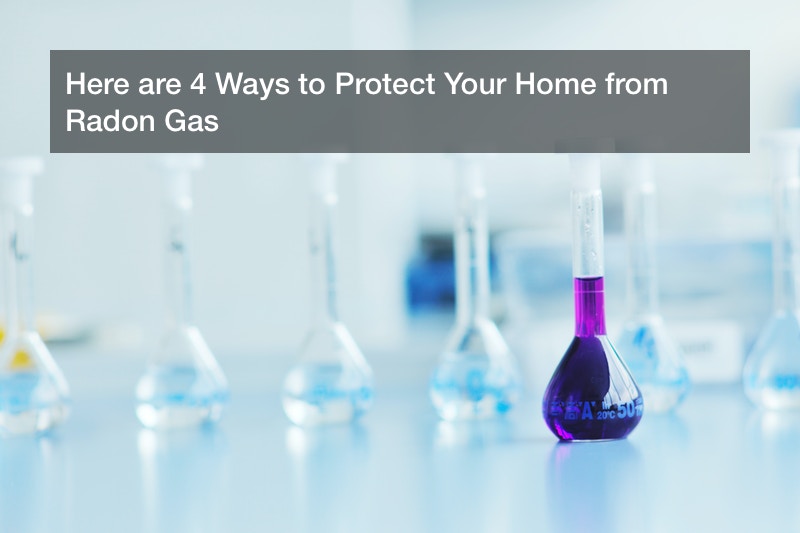
What is radon? You hear about it more and more and you’ve likely seen quite a few commercials about as you flip through channels on the TV. Whether you know it or not, radon is often referred to as “the silent killer” and it’s pretty dangerous stuff.
What is radon? Simply, it’s a naturally occurring sightless, odorless, radioactive gas that’s responsible for a long list of health problems and breathing issues. The U.S. Surgeon General’s office has tabbed radon as the second leading cause of lung cancer in the U.S. It also estimates that as many as 20,000 lung cancer deaths are caused annually by radon exposure.
Perhaps the worst thing about radon is that many of its effects aren’t immediately noticeable and it isn’t until years down the road that symptoms come to light. Some of those symptoms include:
- Chest pains
- Coughing
- Coughing up blood
- Shortness of breath
- Weezing
- Rapid weight loss
As if that wasn’t enough, much of the danger posed by radon can happen right in your own home. The Environmental Protection Agency estimates that about 1 in 15 U.S. homes is estimated to have radon levels at or above the EPA action level.
So what can you do as a homeowner? The best thing you can do is to get a radon test kit and test for radon in your home. Your local home improvement stores sell two main types of radon test kits: short term (tests between two and 90 days) and long term (tests longer than 90 days). You need to set them up in a low area, such as a basement and get a handle on how serious a home radon problem might be.
For those seeking to buy a new home, it’s important to get a handle on what a potential home’s radon situation is. You need to ask and take a look at the results of previous testing. You also need to find out who conducted the test—whether it was the previous homeowner, a radon mitigation contractor or somebody else. You need to find out where exactly the previous test was taken in the home. This is especially important if the basement was used as the testing site and you have plans to use the basement as part of your living space.
As part of your legwork, you need to also find out what kind of structural changes, if any were made as a result of radon testing, especially to the home’s HVAC system. You may ultimately decide that a new test in needed and if that’s the case, you need to talk about that with the seller.
In the event a home hasn’t been tested yet, you need to make sure it’s done in a timely manner and talk with the seller about when the test will happen, what kind of testing apparatus will be used, where the test will happen in the house and who will perform the test.
In your search for a new home, you might want to consider one that’s build with radon-resistant construction. The simple fact is that radon can enter your home though cracks and foundation openings and once it gets in, it’s hard to get out. Using radon-resistant techniques such as laying gravel beneath a foundation, using a vent pipe to circulate air and making sure to seal and caulk different openings and cracks, homes have become a lot more resistant to the effects of radon.
Instead of being outside the loop and asking what is radon, you should look at radon-resistant homes, which will ultimately save you money, are extremely cost effective (because radon-resistant materials are easy to install) and can be upgraded very easily, where things like fans systems can be added to filter air.
The bottom line is that radon is not something to be messed with. Instead of asking what is radon, learn a little bit about what it is and how it can effect your home. Taking steps to test for radon and then doing your homework can save you a lot of time, money and frustration in the long run.

